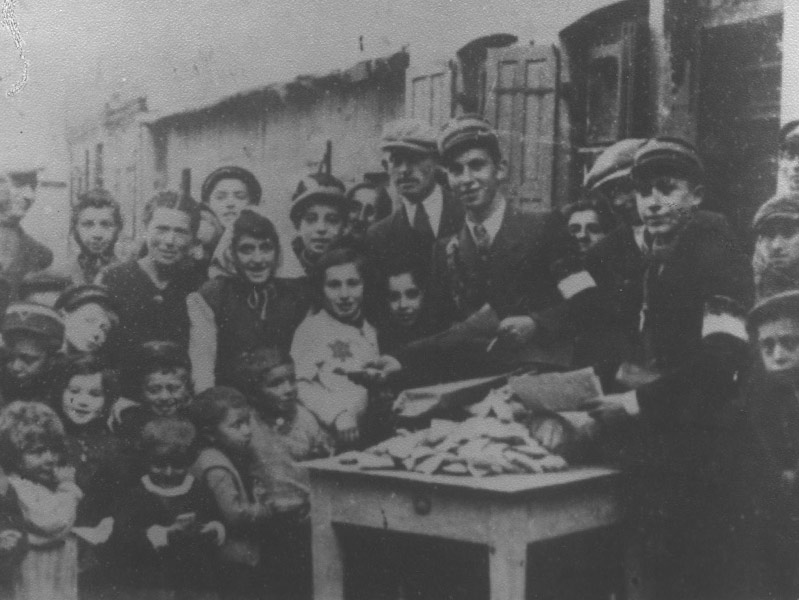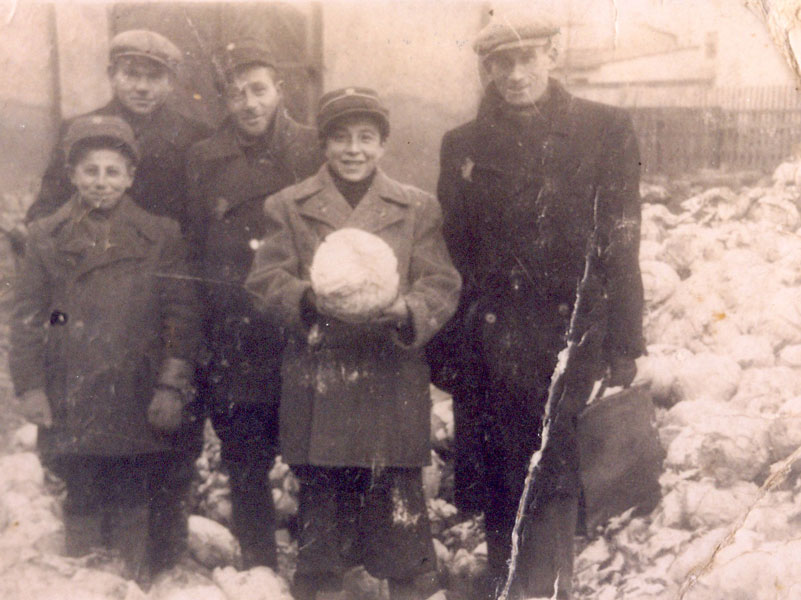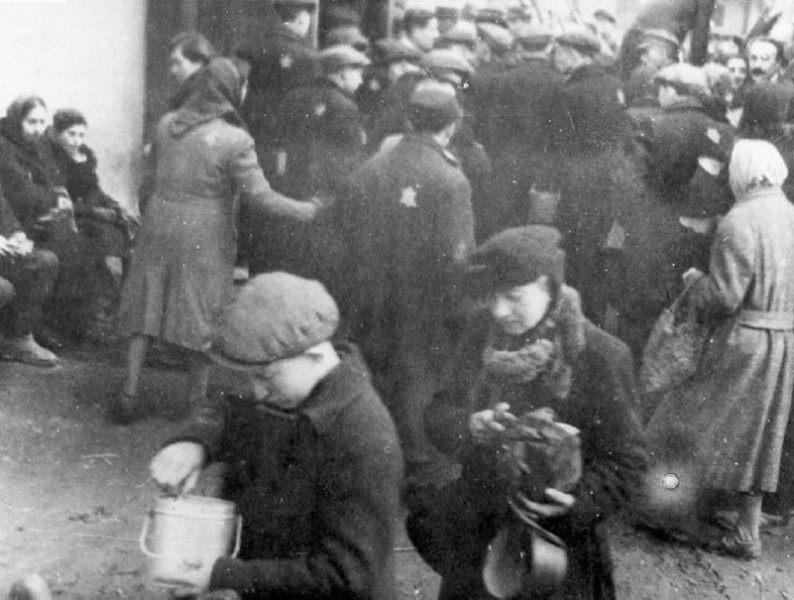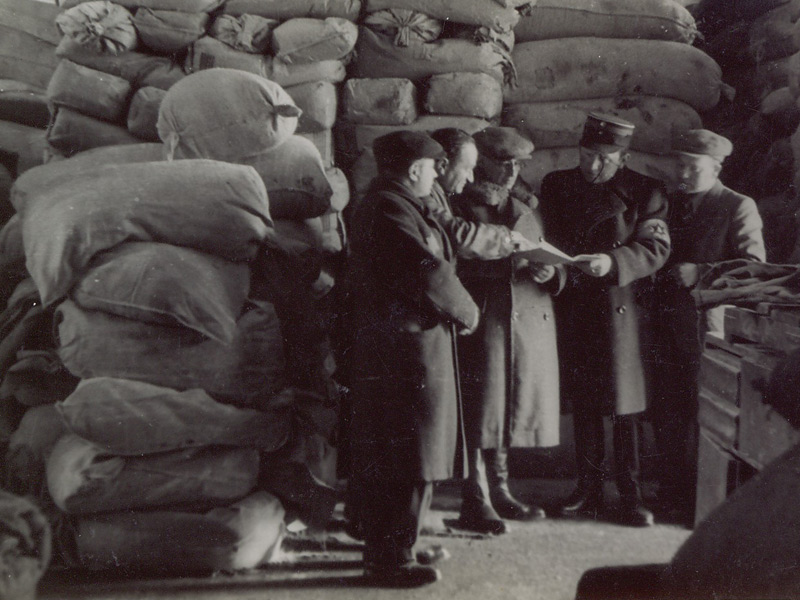Story:
Hunger
The German administration strictly controlled the amount of food that was delivered to the ghetto and they used starvation as one strategy to eliminate a significant portion of the population. The Nazis had developed a daily food pyramid for the population of the German territories. It favoured German citizens by allocating them 2,163 calories, 699 for gentile Poles and 184 for Jewish Poles. Furthermore, the rations allocated for Jews only amounted to 15 percent of the minimum daily requirement. Therefore it provided ghetto inhabitants little chance of surviving on the official ration alone.
Judenrat (Jewish Councils), under the leadership of Rumkowski, had the difficult task of feeding the population with little food at their disposal. Ration cards were implemented on 2 June 1940 and given to every inhabitant of the ghetto. Originally Rumkowski prioritised workers (after the Judenrat, police and other ghetto officials). However, when he announced that bread rations would be distributed equally amongst the working and non-working elements of the ghetto, 350 carpenters protested on 23 January 1941. By 1942 only the employed were eligible for ration cards. The pitiful amount of food these cards provided was paid for with money earned in employment. If inhabitants wished to purchase additional food on the black market they could scarcely afford to, due to swollen prices.



